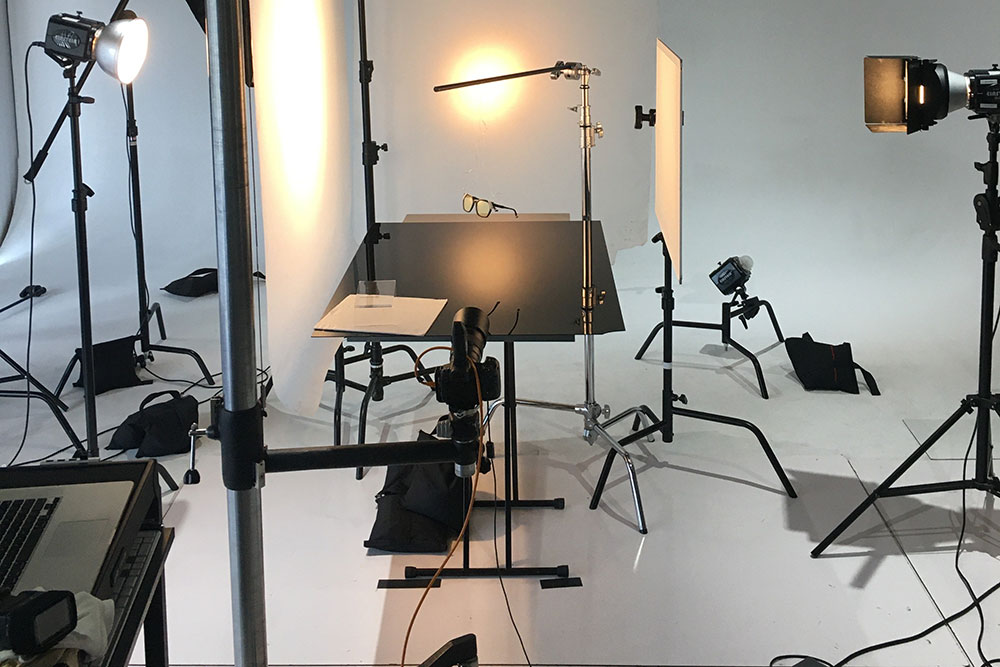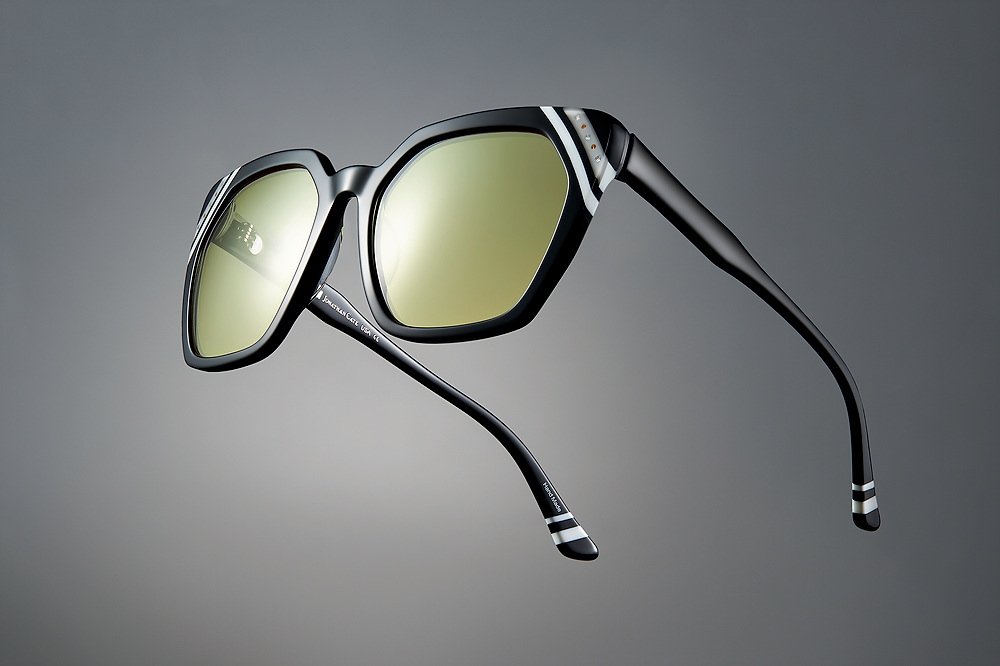Shot Lists for Photoshoots: What, Why, How

One of the first questions I ask a new potential client is “Do you have a shot list?” I’m happy to work with them either way but it helps me gauge how much they may have thought about the details and logistics of their shoot. Generally, when clients come to me with a list of shots, it means they’ve done some prep work, have a good idea of their brand identity (or brand identity they aspire to), and may already be working with a designer or marketing person either internally or externally.
What is a Shot List?
It is exactly as it sounds, a list of photographs that you or your company needs to walk away from a shoot with. Usually they come to me in spreadsheet or PDF form and they work best when they have a brief description of each shot. Here’s an example: Shot #1: Horizontal (landscape) shot, waist up, of female model holding green smoothie product with beach/coastal element in background.
This is a great (and more than sufficient) description in my opinion because, although it is brief, it allows for creative freedom and still covers all the important bases: layout, crop, background, props/environment. It may seem confining, but the photographer can still play with angle, lighting, depth of field, posing, styling and much, much more while remaining comfortably in the confines of that description.
Why do I need to provide a Shot List?
There are several benefits to developing a shot list prior to requesting a quote or at least prior to the photo shoot.
Getting an Accurate Quote
I can’t speak for all photographers, but my quotes are based on a multitude of factors including how many final deliverables will be needed from the shoot (most of the work I do is commercial, so usage is important). I also base the quote on anything needed in terms of production costs (talent, makeup, set design, props, wardrobe, travel, studio time, crew) and how difficult the shots are to execute, and of course retouching time. For example if the shot is: “Whole loaf of bread, eye level, white background” that will take a lot less time to shoot and edit than “High end dive watch, moody lighting, splashes of blue water coming in hitting watch from left and right, gradient yellow background.”
Getting the Most out of your Budget
The biggest reason is obviously to get the most possible bang for your buck. The more you can plan ahead and describe what you need, the more likely you are to get the desired outcome in terms of long lasting usable material.
A shot list also helps me identify shots that are not as necessary as a client once imagined. IE: “donut top view” followed by “donut 3/4 top view” and “donut front view”. Perhaps we can pare that list down and show your audience the needed information for a lot less money! Quality over quantity is always the best choice.
We Make it Look Easy
Some shots are more complex than they look and a shot list helps your photographer determine the shoot time required to complete your list. Do you recall the the above behind-the-scenes photo for the “simple” shot of sunglasses below? If you need an additional angle, it won’t be a simple matter of just moving the camera. For the loaf of bread, it probably will be, but for reflective objects, adding a few more angles can significantly extend a shoot day.

Efficiency on Set
For a moment let’s go back to:
Shot #1: Horizontal (landscape) shot, waist up, of female model holding green smoothie product with beach/coastal element in background.
Of course we’re going to take loads of photos of this scenario to create options for a client, but the ultimate goal is to walk away with one “winner” which we can retouch and finalize. Once the photographer and client look at a laptop or back of a camera and agree that the shot has been achieved, we can comfortably and confidently move on to the next shot, making the most of our shoot day.
You might think more freedom=more creative freedom, but In the absence of a shot list, we can shoot “models with product” on the beach all day and not really have much sense of when we’ve “got it.” This can waste enormous amounts of time and effort on the wrong things and limit creativity rather than encouraging it.
How to Create a Shot List
Honestly, I’ve received all type of lists from Excel sheets to Word documents, to PDF’s to everything crammed into an email. All work just fine but here’s some tips that in my opinion really help out the photographer and crew.
Put it all in one document. If you have a creative brief or general guidelines as well as layout request from potential vendors and your own shot list, it best to consolidate everything into one document so it can all be quickly and easily accessed on shoot day. This is especially true if your layout requests are general IE: “horizontal shot” but your potential retailer’s requests are highly specific IE: Target requires square cropped images of exactly 2000 by 2000 pixels.
Make sure your spreadsheet is printable
I like to carry old fashioned paper on shoot day in case my phone goes out of service or low on battery. I usually like to hand a copy to an assistant or tech if I have one too so they can help track what we’ve completed. For the final shot list, its nice to convert to PDF or at least make sure your spreadsheet will print on a page without getting wonky.
Include printable Reference Images
If you’ve done a photo shoot in the past, and can provide reference images or links to reference images this is extremely helpful!

This is a super simple shot list for product shots on white, but not much info is needed because the client provided reference images. Part numbers and SKU’s are helpful for tracking product shoots. Please include the name/description of the item though, as we may not really know what a MNG-47-47B is.

This is a more specific list, dropped right into an email and easy to print! I like these.
If you’re new to photo shoots and need my help developing your shot list, I am here to help! In Many cases, we can collaborate on a quick call or sit down in my studio or your office to get something planned out.
